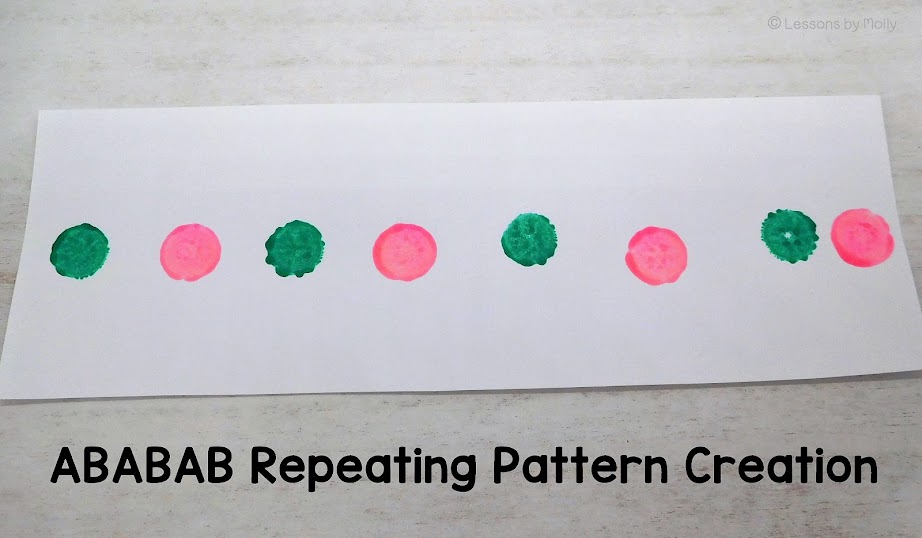Introduction: This blog post delves into a kindergarten math standard focusing on repeating patterns. This standard is from the state of Virginia. I break down the objective into five distinct components and provide examples. Let's explore each piece and its practical application in the classroom.
Breaking Down the Objective: The kindergarten math standard reads: "The student will identify, describe, extend, create, and transfer repeating patterns." To simplify and clarify, I reframe the objective as follows:
- Identify repeating patterns.
- Describe repeating patterns.
- Extend repeating patterns.
- Create repeating patterns.
- Transfer repeating patterns.
Component Examplars: To better understand each component, I provide concrete examples for clarity:
1. Identify: Presenting two rows of objects, such as bear counters and shapes; the student correctly identifies the row with the ABABAB pattern.
2. Describe: The student describes the ABABAB pattern of bear counters and distinguishes it from the ABCABC pattern of shapes.
3. Extend: Extending the existing pattern, the student adds more bears or shapes in the appropriate sequence to continue the repeating pattern.
4. Create: Using paint daubers, the student creates the ABABAB pattern by alternating between green and pink colors.
5. Transfer: The student replicates an existing pattern with different objects or mediums, such as recreating the ABABAB pattern shown with the squares and triangles and then using large and small circles.
Conclusion: Teaching repeating patterns in kindergarten allows educators to engage students at the highest level of cognitive processes, as aligned with Bloom's Revised Taxonomy (2001): Remember, Understand, Apply, Analyze, Evaluate, and Create. The five components of the math standard (identify, describe, extend, create, and transfer) encompass five of these six cognitive levels, enabling educators to deliver instruction that encourages critical thinking and creativity. This approach empowers students to reach the pinnacle of Bloom's Taxonomy by creating original patterns.
Stay tuned for my next blog post. I will delve into the five types of repeating patterns introduced in kindergarten, emphasize the key attributes to prioritize when teaching repeating patterns and shed light on things to avoid. Read it here: The Magic of Patterns: How Young Children Express Repeating Patterns with Objects, Pictures, Sounds, and Movements
© 2023 Molly McMahon, Lessons by Molly
(References: 1. Virginia Department of Education, Standards of Learning, 2016. 2. A Taxonomy for Learning, Teaching and Assessing; A Revision of Bloom's Taxonomy of Educational Objectives, Lorin Anderson, David Krathwohl, Peter Airasian, Kathleen Cruikshan, Richard Mayer, Paul Pintrich, James Raths, Merlin Wittrock.)





No comments:
Post a Comment